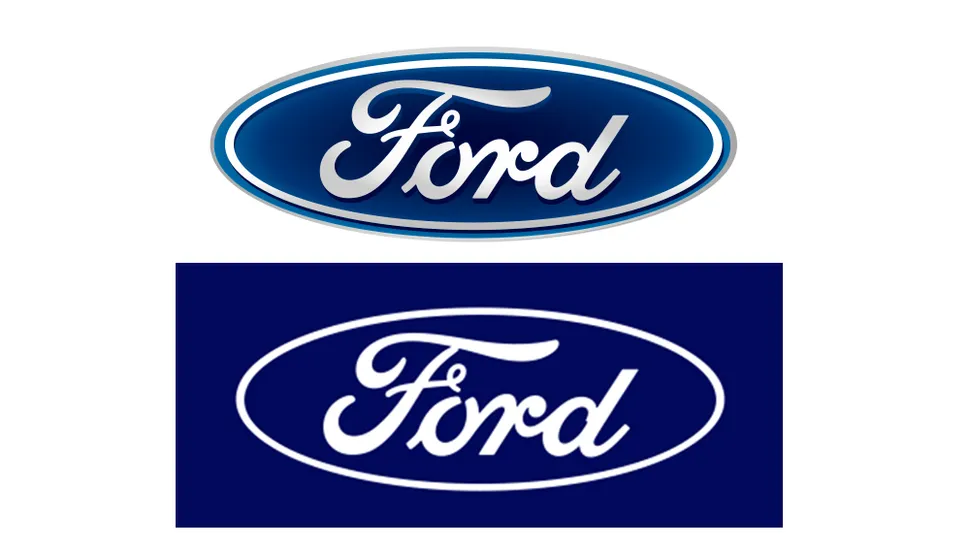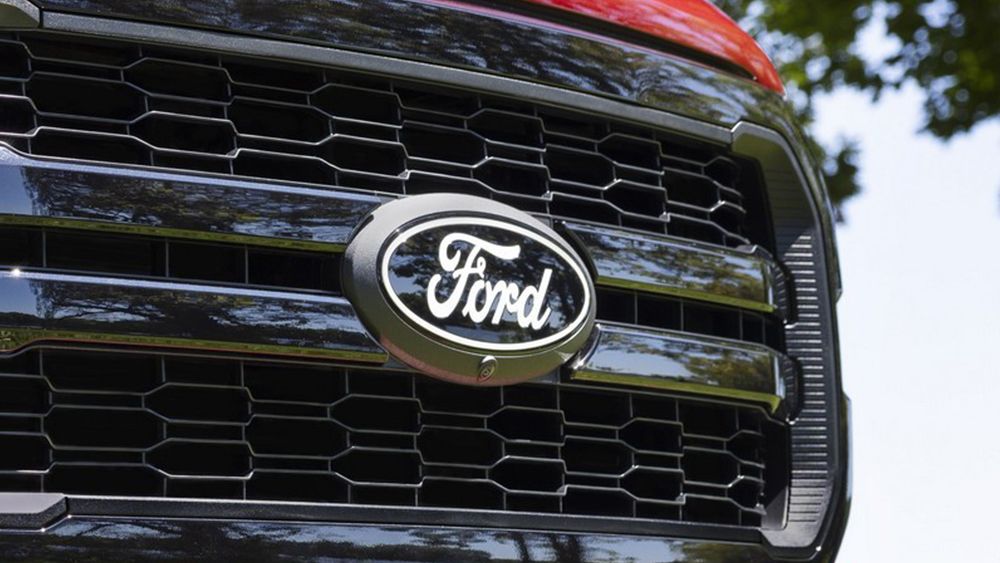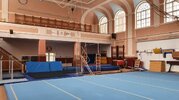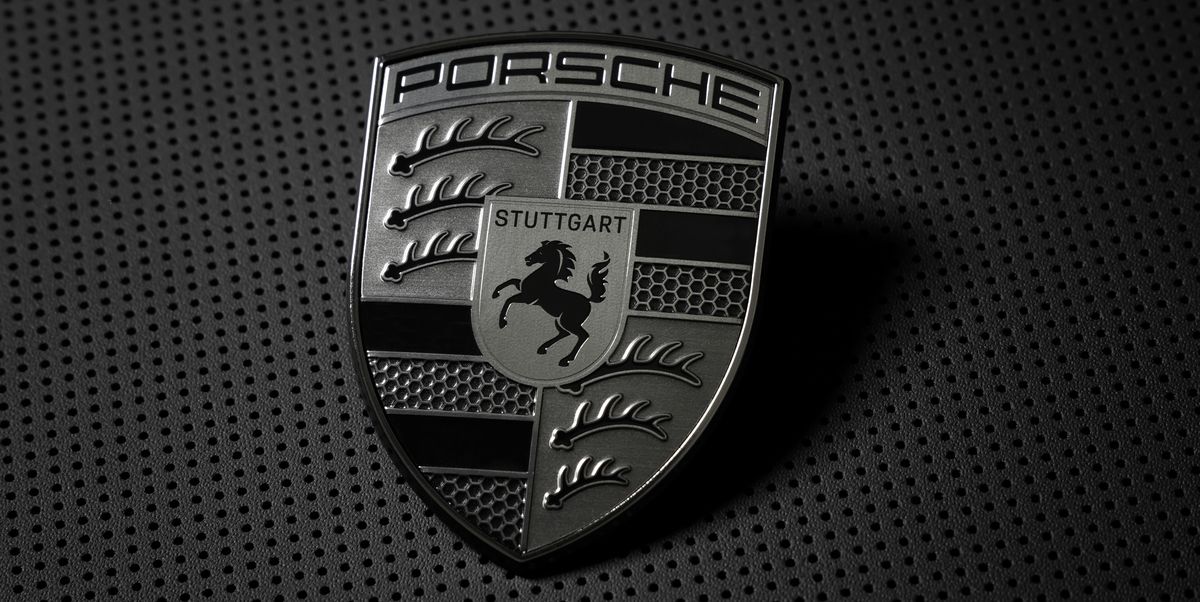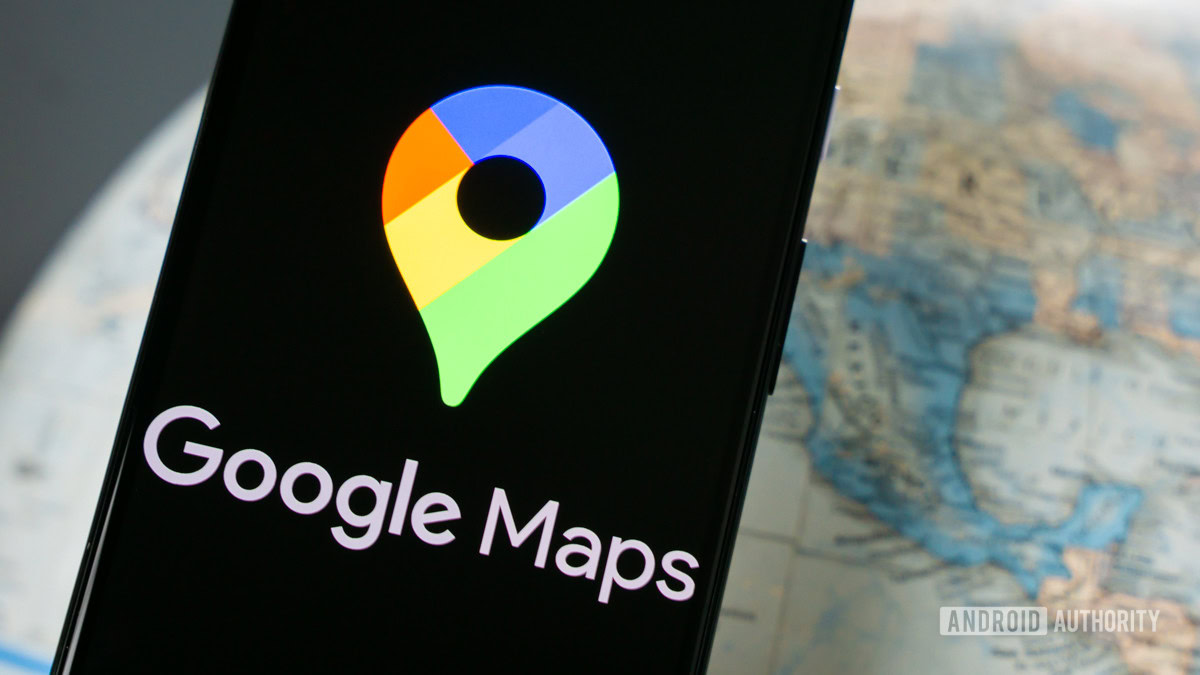I think the uglifying and removing of windows so as not to ‘distract’ people in the name of ‘productivity’ is very shortsighted. I would posit that the opposite is true - natural and beautiful environment is likely to increase productivity. It’s possibly a similar mechanism as productivity increases if you have regular breaks as opposed to work continuously. I know for a fact that many people stay at their desk and ‘simulate’ working to not disturb the ‘corporate ambiance’, but are they productive?
I remember in my student days I worked in a company that was involved in mailings. My job was to type addresses into a program that they had obtaines from God know where. In short, extremely dull and boring. But the ’corporate culture’ at this place was such that there was a drink ‘vending machine’ (but free), where you could get a can of soda and have a chat with some other office worker. And it was encouraged by my boss to take regular breaks and have a can. And I remember that I would take a 15 min break every 2 hours or so, which would revitalize me and probably made more than up for the lost work in these breaks.
So for me the question is - I am sure that fundamentally the hierarchy (whoever that is) is aware of this fact. So that means that it is not really about productivity, but something deeper - I don’t know what exactly, maybe control?
Fully agree. Indeed I think there is a good possibility that control plays at least a contributing if not major role of why certain companies decide to handle the work and interpersonal environment in that way.


